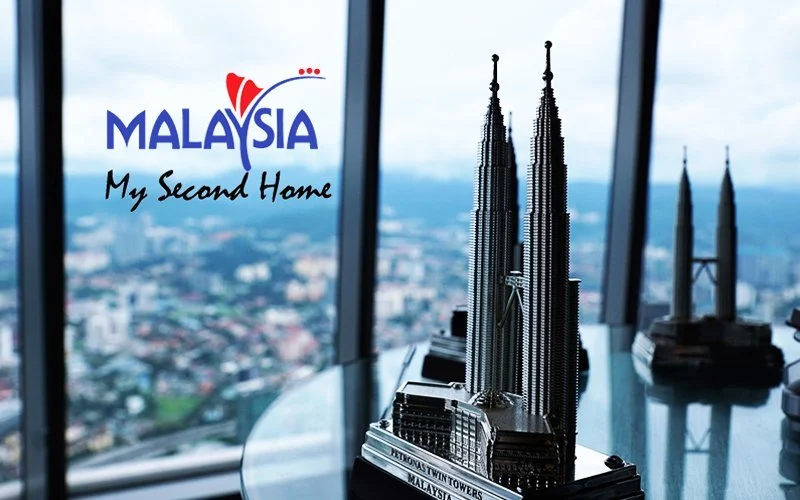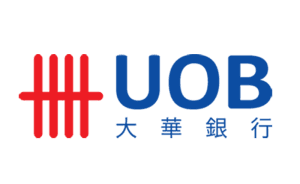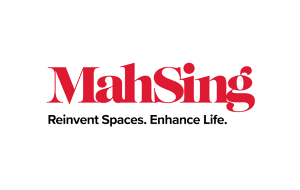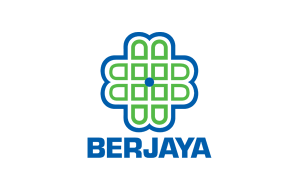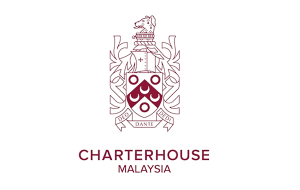A review of the MM2H criteria is urgent and overdue but the economic reality is that there is much more money from alternative schemes for wealthy expatriates.
Tourism, arts and culture minister Tiong King Sing has announced a review of the Malaysia My Second Home (MM2H) scheme in response to a 90% collapse in applications.
So far, the changes appear to be about improving applications process-flows while full reform of eligibility criteria seems off the agenda. This is not surprising when you look at the economics
The shocking change in eligibility criteria under the previous government caused this collapse. New financial requirements hiked the minimum liquid financial asset threshold to RM1.5 million, required a huge fixed deposit (FD) of RM1 million and quadrupled the monthly income requirement to RM40,000.
These are devastating and no longer affordable, attractive or achievable for most people. MM2H is a retirement scheme and retirees mostly have lower incomes.
The old income threshold of RM10,000 was more in line with a pension for most people and RM40,000 now is only affordable for wealthy people. So the number of new MM2H applicants will fall.
The threshold of RM1.5 million in liquid assets and an FD of RM1 million are also not attractive. An FD pays low interest and many prefer to buy a house with the prospect of capital gains but a house is not a liquid asset.
These changes destroyed the value proposition compared to similar retirement schemes in Asia especially in the Philippines or Thailand as well as in Europe such as Portugal and Greece.
Industry estimates for MM2H revenue are around RM40 billion since it was launched in 2002 up to 2018 or even as much as RM58 billion up to 2019. This includes not just fees and deposits but estimates of investments mainly in housing
In 2020, then tourism, arts and culture minister Nancy Shukri said MM2H generated revenue of over RM2.7 billion in 2018 and RM2.5 billion in 2019.
So, if it has fallen by 90%, the revenue now would be around RM260 million or a loss of RM2.3 billion each year from 2020 to 2022. A total loss of possibly RM9.4 billion over that period.
One key factor underlying these changes was the introduction of the Premium Visa Programme (PVIP) aimed at very high earners. This raises much more income more quickly.
There is a limit of 300,000 PVIPs but the fee is very high at RM200,000 for the main applicant and RM100,000 for dependent applicants. A family of four would pay RM500,000.
Revenue from PVIP would be RM60 billion if all were single applicants or RM150 billion if all were families of four people. This would be raised quickly, compared to RM40 billion for MM2H.
Applicants for PVIP would include those wanting three residences to avoid tax and those whose wealth is at risk such as Russia, the Middle East or China. They bring a lot more money and buy property and other investments. There is also no age restriction so younger millionaires and tax exiles are eligible.
Applicants for MM2H are older retirees and they bring less money, they are more likely to rent and would not invest in businesses because they cannot work under this scheme.
So the basic economics are clear, PVIP raises more income quicker and so MM2H has to be “killed” by setting the same financial criteria for MM2H as PVIP. Otherwise PVIP applicants would choose MM2H and billions would be lost.
The current government inherited the new rules but must now reform them urgently or MM2H is in danger of complete collapse.
In reality, earning RM150 billion quickly from PVIP compared to RM40 billion over 20 years from MM2H means the basic economics for the policy designers is the deciding factor.
The views expressed are those of the writer and do not necessarily reflect those of FMT.

